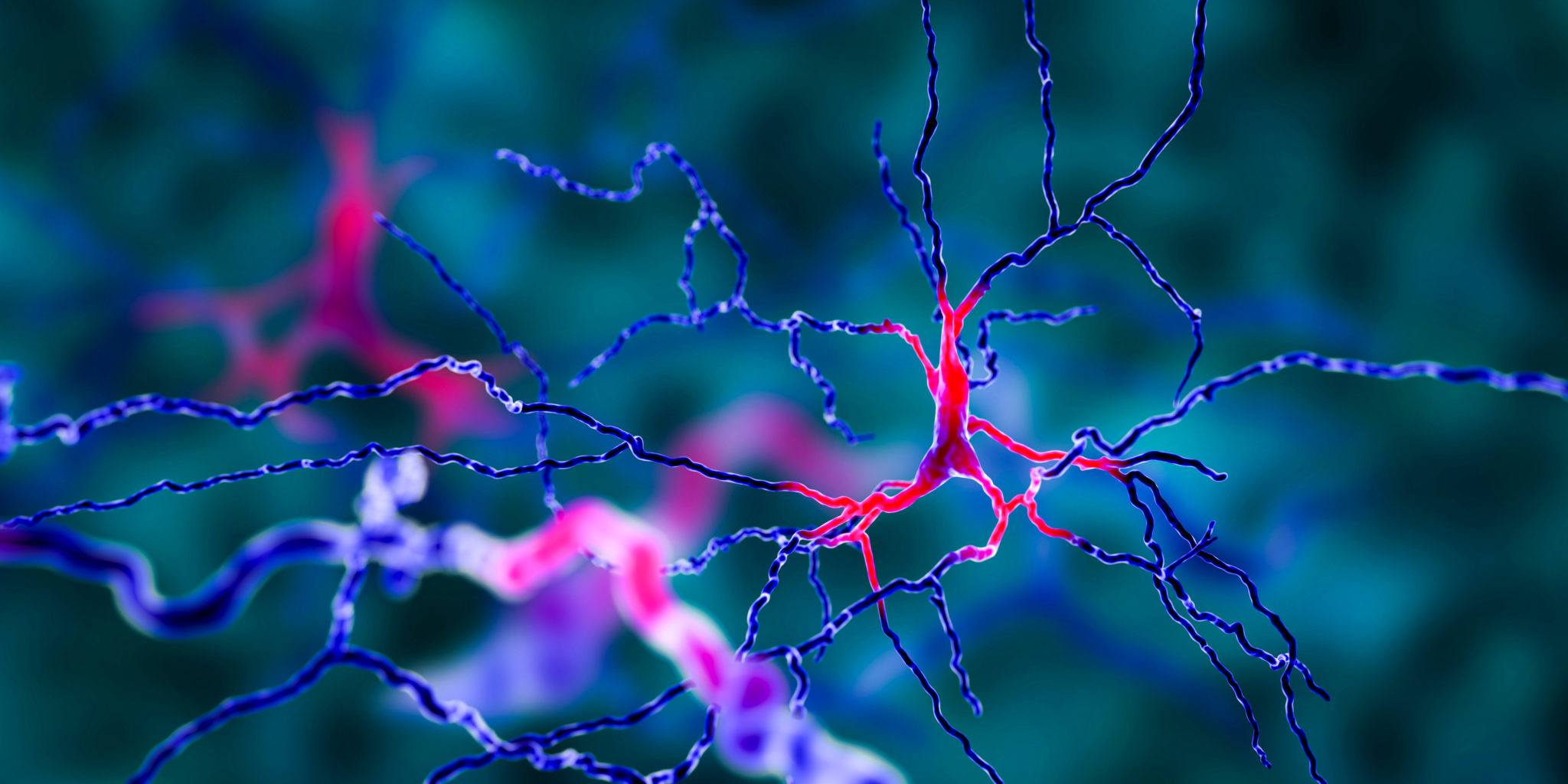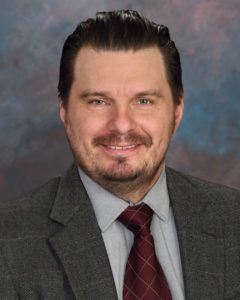
Meet Parkinson’s Researcher Dr. Fredric Manfredsson
“It’s tremendously gratifying because there’s so much we don’t know about it,” he said. “Every time we find something, it feels like a little victory. There are a lot of small victories to be had.”
In the 1990s, he became particularly interested in the study of viruses—a branch of science known as virology. He studied virology and microbiology as an undergraduate student at Arizona State University.
After earning his bachelor’s degree in 1999, he began pursuing his PhD in neuroscience at the University of Florida’s Graduate Program of Biomedical Sciences. He started working with a team of researchers on viral vectors and gene therapy for Parkinson’s disease.
This concept involves using a virus as a carrier for delivering a therapeutic gene into the body. Although the virus works by infecting cells, it is modified so that it does not cause disease. The inserted gene either corrects an abnormal gene or makes a helpful protein.
Dr. Manfredsson’s team at the University of Florida focused on adeno-associated virus, not only as a vector for gene therapy but also as a tool for studying neurological processes of the brain.

He continued this research as an assistant professor of translational neuroscience at Michigan State University, where he also spent much of his time trying to elucidate the role of alpha-synuclein in Parkinson’s disease and normal brain function. Alpha-synuclein is an abundant protein in the body that scientists have linked to inherited and sporadic forms of Parkinson’s. Its normal function is not fully understood, but it is believed to somehow impact the disease through a gain of function.
Now, as an associate professor in the Department of Neurobiology and in the Muhammad Ali Parkinson Center at Barrow Neurological Institute, Dr. Manfredsson has largely shifted his efforts from trying to identify and target the cause of Parkinson’s disease to investigating potential new therapies for symptoms. He feels he can have a more immediate impact in this area.
“Anything disease-modifying is a very long road ahead, but being able to improve quality of life for current patients is a priority,” he said. “That’s one of the reasons I came here in August was to really get closer to the clinic, closer to the patients, and be able to focus more on that aspect of Parkinson’s.”
Dr. Manfredsson is also part of the Parkinson Center’s effort to become the first Morris K. Udall Center of Excellence in the Southwest. The National Institutes of Health developed this prestigious and competitive designation in honor of former Arizona congressman Morris Udall, who had Parkinson’s disease. It recognizes centers that use a multidisciplinary approach to advance Parkinson’s research.
One of Dr. Manfredsson’s current research focuses is the treatment of levodopa-induced dyskinesia (LID), a common side effect of Parkinson’s medication that causes involuntary jerking and twisting movements or extended muscle spasms. For some patients, this side effect can be debilitating.
Dr. Manfredsson has published numerous articles on the mechanisms underlying LID and is now seeking funding with Dr. Holly Shill, a neurologist and the director of the Parkinson Center, to create a single-site clinical trial for an LID drug.
He says this is the proudest achievement of his career thus far, as not many basic scientists reach the point of being able to realize a clinical trial.
“It’s a lot of luck,” he said. “Some of it is picking the right problem to study.”
Dr. Manfredsson is also interested in understanding the basic science of nonmotor symptoms of Parkinson’s disease—such as hallucinations, psychosis, and dementia—which tend to receive less attention.
“I think, for the first time in my life, if a patient or family member asks me if I can do anything for them, I can actually say, ‘Yes, there is a chance that we have something that will improve your quality of life,’” he said.
